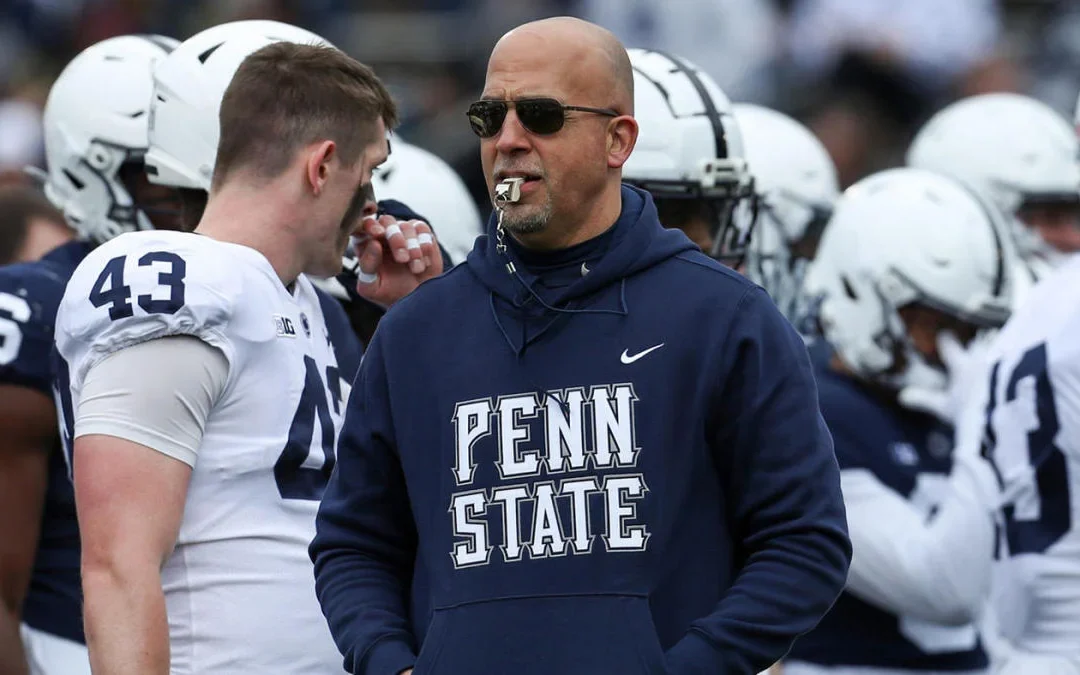Medical malpractice in sports medicine carries the exact impact of any other patient-healthcare provider relationship. It refers to instances where healthcare providers, such as sports team doctors or therapists, fail to adhere to the accepted standards of care, harming patients (in this case, athletes). This can include errors like failing to accurately diagnose an injury, providing inappropriate treatment methods, surgical mistakes, or issues with obtaining informed consent.
Medical malpractice in sports medicine can also look like negligence in rehabilitation programs or post-operative care, as well as failures in follow-up procedures. Like cases that aren’t sports-specific, establishing malpractice typically involves demonstrating that the healthcare provider’s actions or omissions deviated from the standard of care and caused direct harm to the patient.
To further examine this concept, we can look at a recent example from the news, where a former Penn State football player brought a medical malpractice lawsuit against a former assistant athletic director at the university.
The Case Overview
In May 2022, former Penn State football player Isaiah Humphries filed a medical malpractice lawsuit against Dr. Scott Lynch, the then-team doctor. The player accused Dr. Lynch of inadequate medical care, alleging that his shoulder injury was mismanaged and that it led to prolonged injuries and setbacks in his athletic career. The case, although eventually dismissed, brought to light shortcomings in the medical care provided by the university’s athletic department. The lawsuit has stirred significant attention recently, not just within the sports community but also in the broader medical and legal circles.
The lawsuit revolves around alleged shortcomings in Dr. Lynch’s sports medical practices, which is not the first complaint about the issue. The witnesses on trial stated Dr. Lynch was “engaged but not fully engaged,” leading to his failure to provide proper diagnosis, treatment, and follow-up care for their injuries. This included accusations of misdiagnosing injuries, delaying necessary surgeries, and not offering appropriate rehabilitation advice.
Unlike other typical university athletic physicians, Dr. Lynch commuted from Hershey to the Penn State campus on Wednesdays and would leave on Sundays, resulting in a “lack of presence” in injured players’ lives and treatments that would often require daily attention.
Former Athletic Director Tim Curley testified that the lawsuit revealed deficiencies in the doctor’s handling of Humphries’ injury. Curley acknowledged that the medical care did not meet the expected standards, which ultimately led to the player’s prolonged suffering and impacted his athletic career.
Lessons in Sports Medicine
Although the case was ultimately dismissed, the medical malpractice suit highlighted several critical lessons for healthcare providers and lawyers alike. First, it underscored the importance of maintaining clear boundaries between medical decisions and non-medical influences. For instance, Lynch claimed that Penn State football coach James Franklin interfered with his medical decisions, prioritizing the team’s needs over player health, which should serve as a cautionary tale about the potential conflicts of interest in sports medicine.
Additionally, the case highlighted the need for robust documentation and transparent communication among medical staff and administrators. In Lynch’s situation, allegations of inappropriate medical care and subsequent retaliation emphasized how critical it is for healthcare providers to document their clinical decisions meticulously and communicate any concerns promptly.
For lawyers, this case demonstrates the importance of thoroughly investigating claims and understanding the nuances of medical practices in sports settings. Effective legal strategies must consider both facts of the medicine and the organizational dynamics within sports teams. The dismissal of Lynch’s lawsuit due to procedural issues also highlights the necessity of adhering strictly to legal timelines and requirements to avoid case dismissals on technical grounds.
Ultimately, this case put a spotlight on medical malpractice in sports medicine and served as a reminder that negligence in a sports setting is just as serious as negligence in a traditional healthcare setting, like a hospital or physician practice. Healthcare professionals in sports settings – from team doctors, trainers, physicians, and others involved in an athlete’s care – are expected to meet the same standard of care.
Legal Rights of Athletes
Athletes have the same rights as any other patient to pursue legal action if they believe medical negligence occurred, which also means they must prove the same three elements to win their case:
- Negligence: Prove the sports medicine specialist provided unreasonable and outside the standard of care.
- Causation: Prove that your specialist’s negligence was the cause of the damages you claim.
- Damages: Prove injuries or losses you suffered from the negligence
The care and well-being of athletes are the top priority in sports medicine. Teams are working to guarantee physician roles are up to date and advancing with the proper medical training and expertise. By fostering a culture in sports of care, transparency, and accountability, the sports community can help prevent malpractice and ensure athletes receive the best possible medical attention.
At Bell Law Firm, we work to advocate for all patients to receive medical care and attention. If you or a loved one has been affected by medical malpractice in sports medicine, seeking legal advice from an experienced attorney is your first step. To request a free consultation from Bell Law Firm, visit our Contact Us page.

